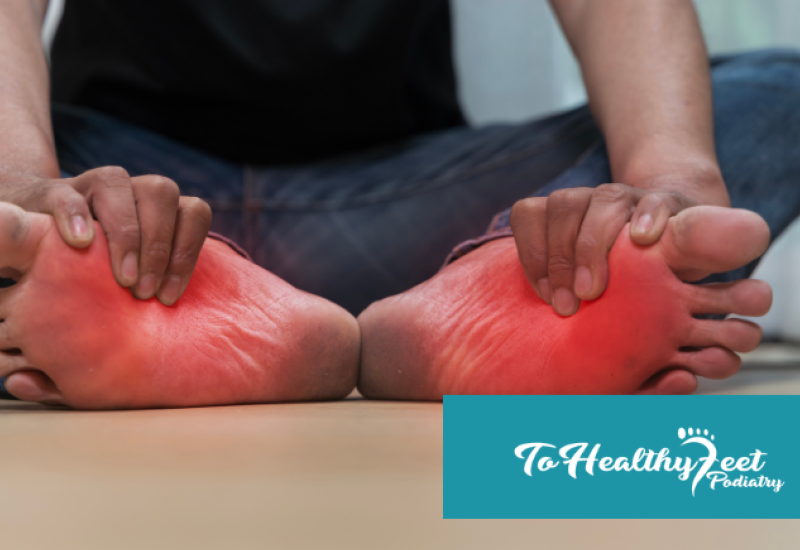Morton's Neuroma is a painful condition that affects the ball of your foot, usually between the third and fourth toes. If you're living with this condition, you know just how debilitating it can be. The pain, tingling, and numbness can make even the simplest tasks seem impossible. One of the most effective ways to manage and alleviate the symptoms of Morton's Neuroma is by choosing the right footwear. In this blog, we'll guide you through what to look for in shoes to help ease your pain and keep you moving comfortably.
Proper Fit and Support
The first and most crucial aspect of choosing the right shoes for Morton's Neuroma is ensuring they fit properly and provide adequate support. Shoes that are too tight or too loose can exacerbate pain and discomfort. Look for shoes with a wide toe box, which allows your toes to spread out naturally and reduces the pressure on the affected area.
Supportive shoes with good arch support are also essential. Arch support helps distribute your weight evenly across your feet, reducing the strain on the ball of your foot where Morton's Neuroma pain typically occurs. Consider shoes with cushioned insoles that provide additional padding and shock absorption. Custom orthotics can also be beneficial in providing the specific support your feet need.
Cushioning and Shock Absorption
When you have Morton's Neuroma, every step can feel like walking on sharp objects. This is where cushioning and shock absorption come into play. Shoes with adequate cushioning can help mitigate the impact on your feet, providing a more comfortable walking experience.
Look for shoes with thick, cushioned soles that can absorb the shock from walking on hard surfaces. Gel or foam insoles can provide additional relief by reducing the pressure on the neuroma. Some brands offer specialized insoles designed specifically for people with Morton's Neuroma, which can be a worthwhile investment in your comfort and mobility.
Avoiding High Heels and Narrow Shoes
For many, fashion often takes precedence over comfort. However, when dealing with Morton's Neuroma, it's essential to prioritize the health of your feet over the latest trends. High heels and narrow shoes are major culprits in exacerbating this condition. High heels shift your weight onto the balls of your feet, increasing pressure and worsening pain. Similarly, narrow shoes squeeze your toes together, aggravating the neuroma.
Opt for lower-heeled shoes or flats that provide ample room for your toes to move freely. If you must wear heels, try to limit the height to no more than one inch and ensure they have a wider base to distribute your weight more evenly. Always look for shoes labeled as "wide fit" or those specifically designed for comfort and orthopedic support.
Living with Morton's Neuroma can be challenging, but choosing the right shoes can make a significant difference in managing your pain and improving your quality of life. By focusing on proper fit and support, cushioning and shock absorption, and avoiding high heels and narrow shoes, you can take substantial steps toward relieving your discomfort. At To Healthy Feet Podiatry in New York City, we're dedicated to helping you find the best solutions for your foot health. If you're struggling with Morton's Neuroma, don't hesitate to reach out for personalized advice and treatment options. Your feet deserve the best care, and with the right shoes, you can walk more comfortably and confidently.
Written on behalf of To Healthy Feet Podiatry.
FAQs
Q: What type of shoes should I wear if I have Morton's Neuroma?
A: Choose shoes with a wide toe box, good arch support, and cushioned insoles. Avoid high heels and narrow shoes that can exacerbate the condition.
Q: Are there exercises that can help with Morton's Neuroma?
A: Yes, stretching and strengthening exercises for the foot can help alleviate symptoms. Consult your podiatrist for a tailored exercise plan.
Q: How can custom orthotics help with Morton's Neuroma?
A: Custom orthotics can provide specific support to relieve pressure on the affected nerve, helping to reduce pain and prevent further aggravation of the neuroma.




